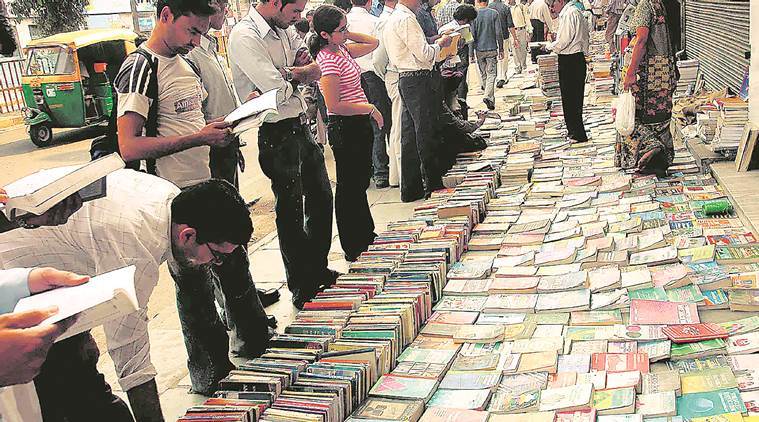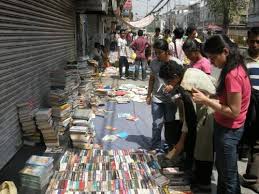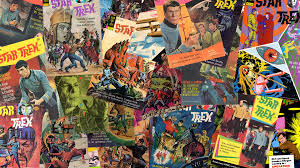Unveiling the literary haven; journeying through Daryaganj’s treasured book bazaar.
What do you sell O ye merchants?
Richly your wares are displayed.
Turbans of crimson and silver,
Tunics of purple brocade,
Mirrors with panels of amber,
Daggers with handles of jade.
Sarojini Naidu’s poem ‘In the Bazaars of Hyderabad’ starts with the quoted lines, a paean to the bazaars of the former princely state in the days of the Raj. In the heart of Old Delhi lies a bazaar where merchants sell wares even more valuable. Not turbans, tunics, or daggers with handles of jade, but something infinitely more precious: books.
This is the renowned book bazaar in Daryaganj, situated between Delhi Gate and the iron bridge on the road to the Red Fort, with a section branching out onto Asaf Ali Road and extending up to Delite Cinema. The area is steeped in history, with several historical monuments located within walking distance, including the Delhi Gate, Turkman Gate, and the Red Fort. Nearby, in Ballimaran in Chandni Chowk, is the haveli where the greatest of Urdu poets, Mirza Ghalib, lived during the last ten years of his life. A fitting location for the bazaar of dreams, open every Sunday when the rest of the bustling market is closed.
Secondhand booksellers from every corner of Delhi gather here on Sundays to sell their wares to a motley crowd of students seeking cheap textbooks, tourists who have come to gawk at what is rumored to be Asia’s biggest book market, and, of course, the diehard book collectors and book lovers eagerly sifting through mounds of books for that rare first edition, out-of-print classic, or just some much-loved tome from their childhood that they have been hunting for years without success.
Daryaganj is a bazaar that never disappoints the ardent book lover. It is Ali Baba’s cave, Aladdin’s lamp, El Dorado, and Shangri-La all rolled into one. Search long and hard enough, and there is no book you will not find. All you have to do is believe and persevere. I know because, between April 1989 and May 2017, I visited the bazaar every Sunday, rain or shine, in sickness or in health, except for the brief periods when I visited my hometown in Kerala. In almost 29 years of my regular pilgrimage to Daryaganj, I managed to find books and comics that, even in my wildest dreams, I had never thought I would ever lay my hands on. It was as if the Gods of Daryaganj would reward the supplicant who prayed and visited long enough and, most importantly, believed.
The Daryaganj Cathedral
As a non-churchgoing Christian, I was often asked by relatives, friends, or acquaintances which Church I visited. With a straight face, I would reply, ‘Daryaganj Cathedral,’ leaving them scratching their heads and wondering which church that was, until my long-suffering better half would explain what I meant. The comment, though, was only half in jest. Daryaganj was my Cathedral, and I was part of a unique and special congregation that worshipped at the shrine every week.
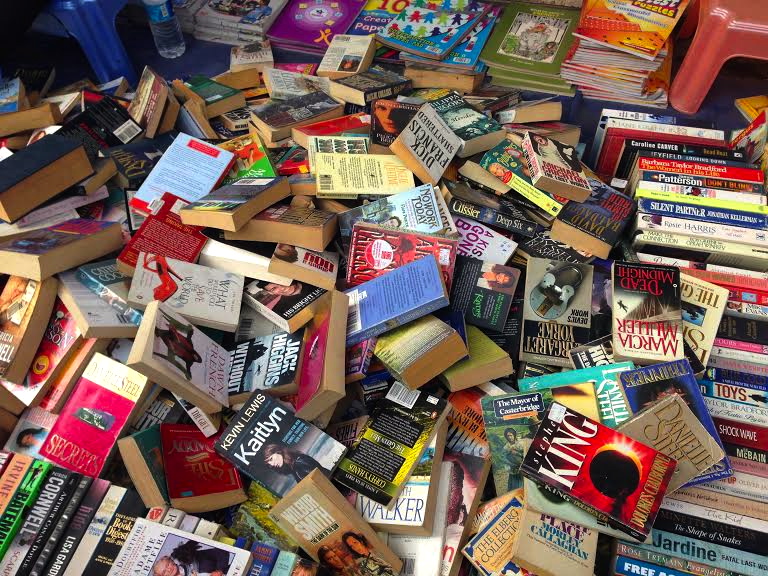
As a government servant working in a government establishment, I hardly came across any book lovers or voracious readers among my colleagues and friends in the office. There were several who shared my other passions: music, movies, and cricket, but very few were readers. Conversations in the office usually revolved around files, imbecilic senior officers, salary raises, pay commissions, DA payments, and the cost of flats in various locations in Delhi. Politics also dominated discussions, with everyone holding very loud and vehement opinions that brooked no opposition. The few readers I did encounter in the office or near my home depended on me to procure books for them. I used to visit Daryaganj every week, carrying ‘want lists’ for four or five people.
The best part was that I could usually obtain the desired books, dirt cheap, within four or five visits. The unique boon that the Gods of Daryaganj bestowed upon me was that it was there I met several kindred spirits—diehard book lovers—who went on to become close friends. With them, I could discuss books and comics to my heart’s content, share and exchange books, and generally find a haven from the usual conversations in my circle. My worse half usually described these book-loving friends of mine as a bunch of lunatics who shared this crazy love for books with her equally loony husband. Fellow book enthusiasts will have faced similar situations among their friends and family and will doubtless sympathize. Enlightened beings like us often have to face the jealousy and ire of lesser mortals.
Love at first sight
When I first visited Daryaganj in April 1989, I was a bachelor living in a poky little flat with four other roommates, all friends from my hometown. Between the pollution, the constant hullabaloo of the concrete jungle, the congested flat, and the tasteless food (because we prepared it ourselves), I was severely homesick for the wide-open spaces, scenic beauty, and the food of God’s Own Country. It was then that my roommate Darvin told me about Daryaganj Bazaar. He was the one who took me there for the first time on a Sunday evening in May 1989, and it was as if I had discovered Paradise. Soon, I was visiting every week, reaching there at 7 am and returning only around 5 pm—tired but happy—and carrying a bagful of books. It would be truthful to say that if not for Daryaganj, I might have packed my bags and shaken the dust of Delhi off my feet within a year of arriving there. Ultimately, I spent more than 29 years there, and Daryaganj was the lifeboat that I clung to in the stormy sea of modern metro life.
Apart from Daryaganj, I used to frequently visit other second-hand booksellers all over Delhi—from Karol Bagh in the west to Laxmi Nagar in the east, Delhi University, and Ashok Vihar in the north to Saket and Vasant Vihar in the south, and of course, Connaught Place in the middle. Almost all these sellers used to set up shop in Daryaganj every Sunday. Soon, I was a familiar face, and all the booksellers knew me by name and also knew the books I was searching for. I would frequently receive phone calls during the week from one or the other, informing me that they had obtained a bunch of Wodehouse hardcovers, a uniform edition of 25 odd Rudyard Kipling hardbacks, a stack of hardcover poetry anthologies, or, on one delirious occasion, a collection of over 75 vintage Western novels—just to cite a few examples. And of course, the comics.
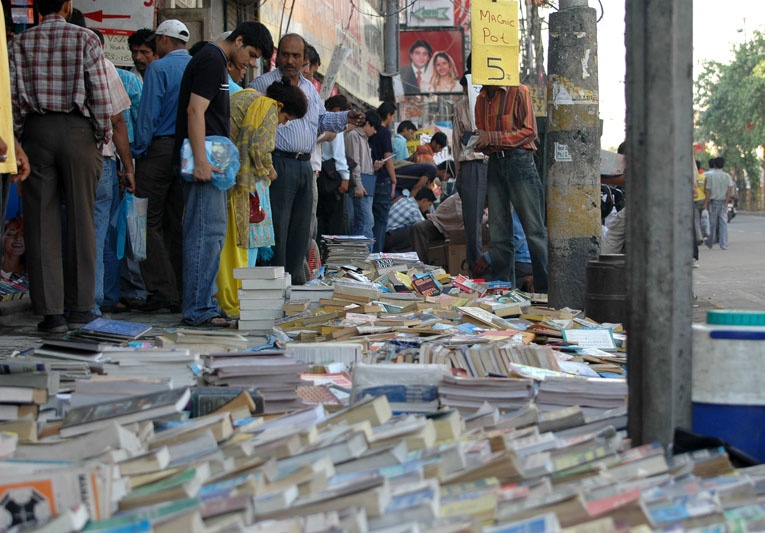
I used to get the first go at all the old vintage comics that arrived from Dell and Gold Key comics from the fifties and sixties, old DC and Marvel comics, Indrajal comics, Fawcett and Charlton, Classics Illustrated, and a thousand more. All for the princely sum of two rupees to five rupees. Nowadays, when every old comic or book is touted as ‘rare’ and valuable (or ‘rearr’ as the present-day sellers pronounce it), nothing sells for less than a hundred rupees, irrespective of the condition of the book. Those were the days, my friend. We thought they’d never end. How wrong we were.
Another quirk that all the sellers shared was that they differentiated between ‘writer’ and ‘author’. When I came across a paperback book I wanted (by Frederick Forsyth if I remember correctly), I was told by the seller that it cost Rupees 40. As he was selling paperbacks at a flat rate of Rupees 20/- each, I asked him why he was charging more for that particular book. He replied that the book was by an author and all books by ‘authors’ were for Rupees 40/- each. Seeing my mystified look, he further explained that books by ‘writers’ were only Rs 20/- each. I was totally flabbergasted by now. Later it dawned on me that writers of books that were in high demand were classified as ‘authors’ and writers of other books that did not sell as much were relegated to mere ‘writer’ status. All the sellers in Daryaganj used these nomenclatures. One lives and one learns.
(To be continued. That’s a promise. And a threat.)

